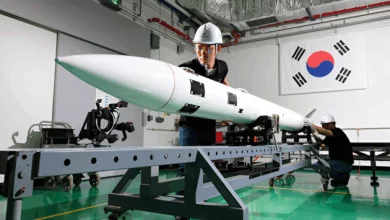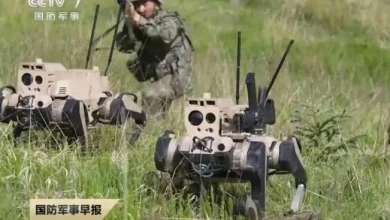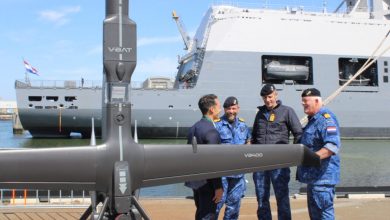Report: US losing crucial hypersonic race to China and Russia

Mired in delays, tech setbacks and lack of strategic clarity, US hypersonic weapon program hurtling toward a death spiral
Hypersonic weapons promise game-changing war-fighting capabilities, but unresolved technological flaws, operational vulnerabilities and strategic risks may outweigh their potential advantage for the US military.
This month, the US Congressional Research Service (CRS) released a report saying that despite the US’s intensified efforts to develop hypersonic weapons, significant questions persist about their operational performance in real-world scenarios.
While rivals Russia and China have reportedly deployed operational hypersonic glide vehicles (HGV), the US remains focused on conventionally armed systems requiring higher accuracy and advanced technology than their nuclear-armed counterparts.
However, no US hypersonic weapon system has reached full operational status and prototypes continue to undergo evaluation. Critics question the necessity of these weapons for deterrence and highlight their undefined mission roles and high costs.
Meanwhile, adversaries’ advancements in hypersonic technology raise concerns about eroding the US’s qualitative edge.
Despite a substantial budget increase to US$6.9 billion for hypersonic research in FY2025, issues surrounding detection, defense and the feasibility of wide-area protection against such threats remain unresolved.
US missile defense systems are ill-equipped to counter hypersonic threats, as the weapons are built to evade conventional tracking and interception frameworks.
Analysts are divided on the utility of these investments, while the US Congress must balance enhancing offensive capabilities and strengthening hypersonic defense in the face of mounting Chinese and Russian threats.
This ambiguity complicates the US Department of Defense’s (DOD) strategic calculus and may necessitate new arms control measures or risk mitigation strategies.





